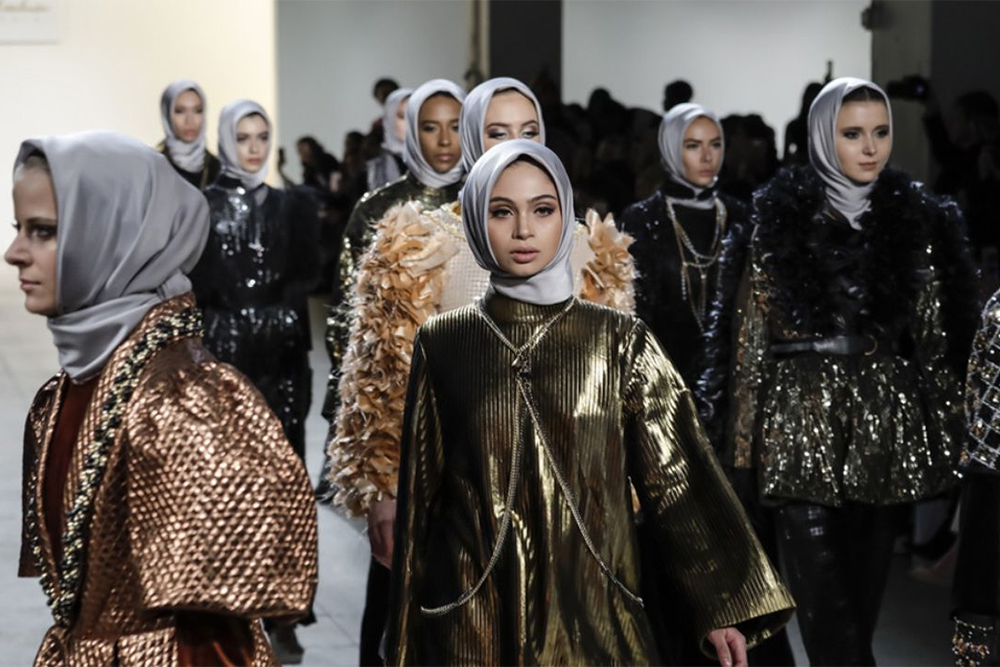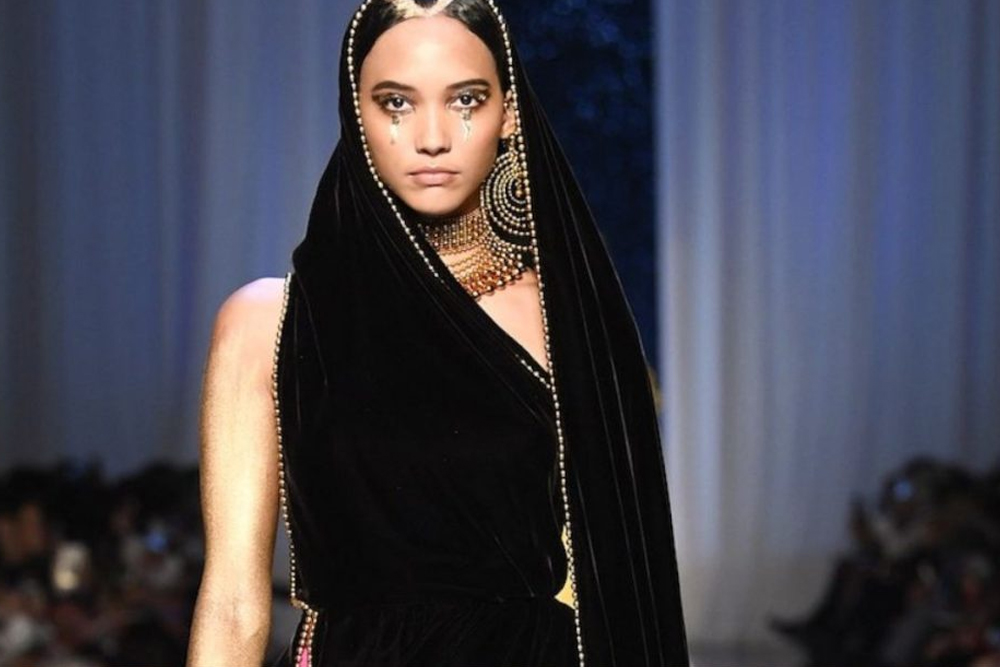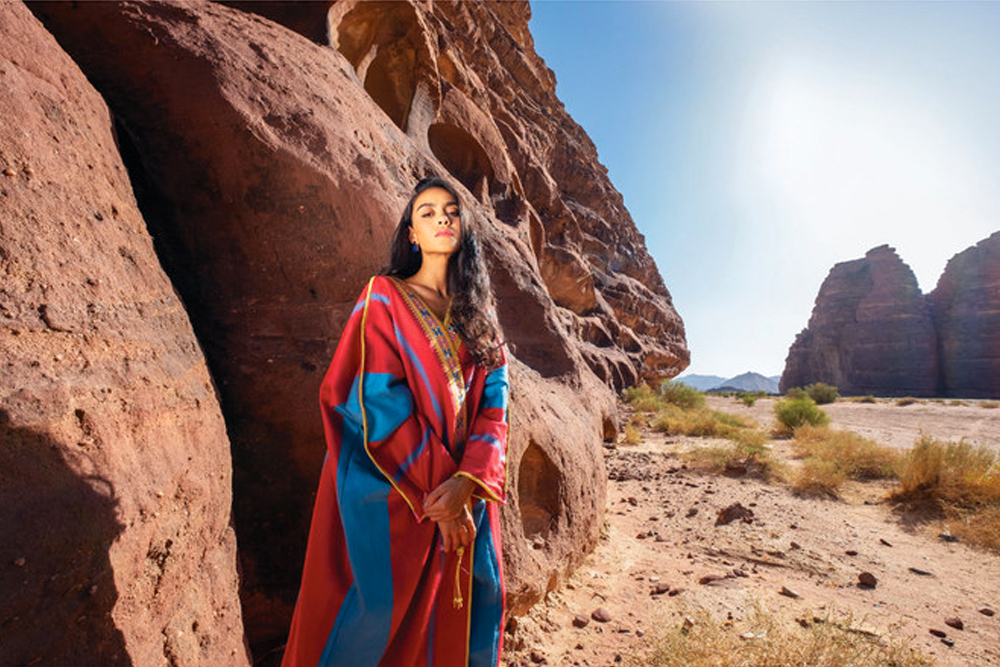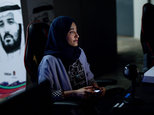
Riyadh, the capital of Saudi Arabia, was not a major center for international design until lately. Paris, Milan, and other cities all hosted fashion weeks that captured the public's attention. However, the Gulf nations—especially Saudi Arabia—are now becoming important centers for the fashion sector.
Saudi Arabia's fashion retail demand is set to increase by 48 percent, reaching $32 billion by 2025, with luxury fashion growing at an impressive 19 percent. The first Riyadh Fashion Week in October is a part of the Fashion Commission's initiatives to showcase Saudi designers after the 'Saudi 100 Brands' exhibition at Paris Fashion Week.
Marriam Mossalli, founder of Niche Arabia, emphasizes that fashion was always significant in Saudi Arabia, particularly for women, with a strong local ecosystem. However, social media and e-commerce have globalized Saudi designers' reach.

This fashion focus aligns with Saudi Arabia's Vision 2030 initiative to diversify its economy beyond hydrocarbons. The Fashion Commission, established in 2020, is actively promoting the sector. Their March 2023 report, "The State of Fashion in the Kingdom of Saudi Arabia 2023," highlights the country's commitment to nurturing local talent and reducing imports, which amounted to $7.3 billion in 2021. T
he fashion industry supports 230,000 jobs in Saudi Arabia, with women comprising 52 percent of the workforce, reflecting Saudization efforts.

Domestic retail sales are projected to reach $32 billion in 2025, with luxury fashion playing a significant role. External players like the Chalhoub Group are investing in the Saudi market, adapting to local tastes.
Jasmina Banda, Chief Strategy Officer at Chalhoub Group, notes Saudi women's influence on fashion trends through social media and travel, and their affinity for luxury fashion. Tailoring marketing strategies to Saudi preferences, especially during Ramadan, is crucial.
As Saudi Arabia's tourism sector grows, fashion spending is expected to surge. Rajaa Moumena, a fashion association board member, believes the local fashion industry has enormous untapped potential, indicating a promising future. She noted the current focus on creating a supportive environment for entrepreneurs by addressing licensing, permits, and industry regulations. Vision 2030 aims to boost local clothing production, reduce imports, create jobs, and stimulate economic growth. Education is crucial, requiring updated curricula, specialized courses, and practical skills for the evolving fashion industry. This can lead to numerous job opportunities. Encouraging Saudi youth in creativity and business may establish Riyadh as a permanent global fashion hub.

















